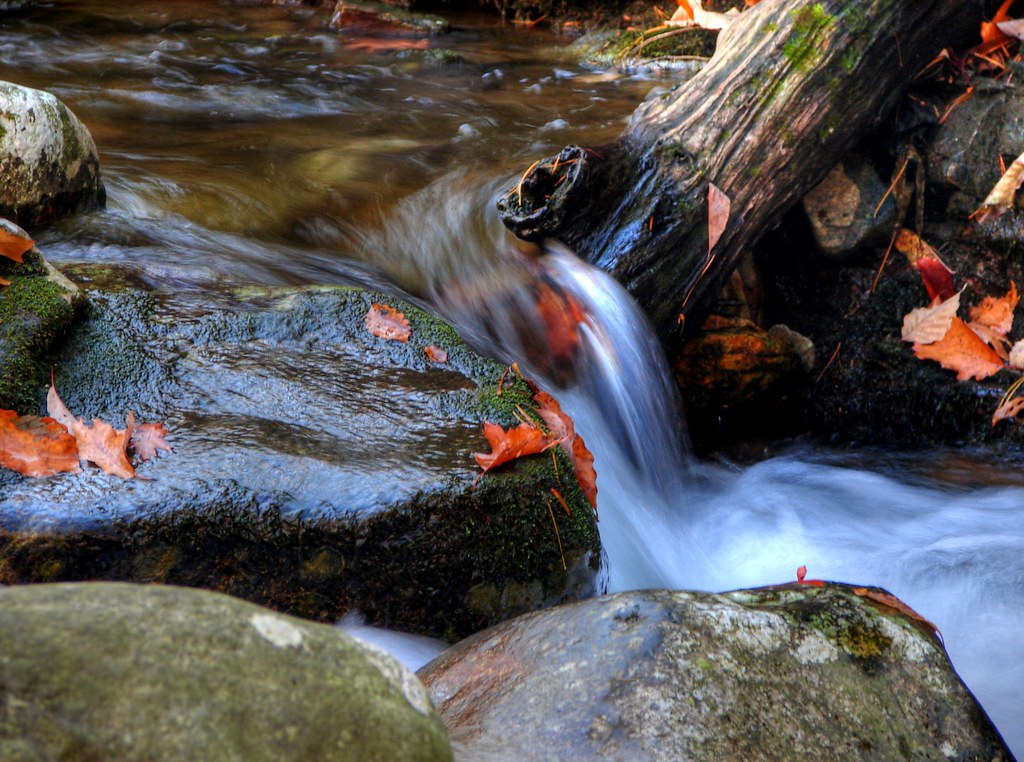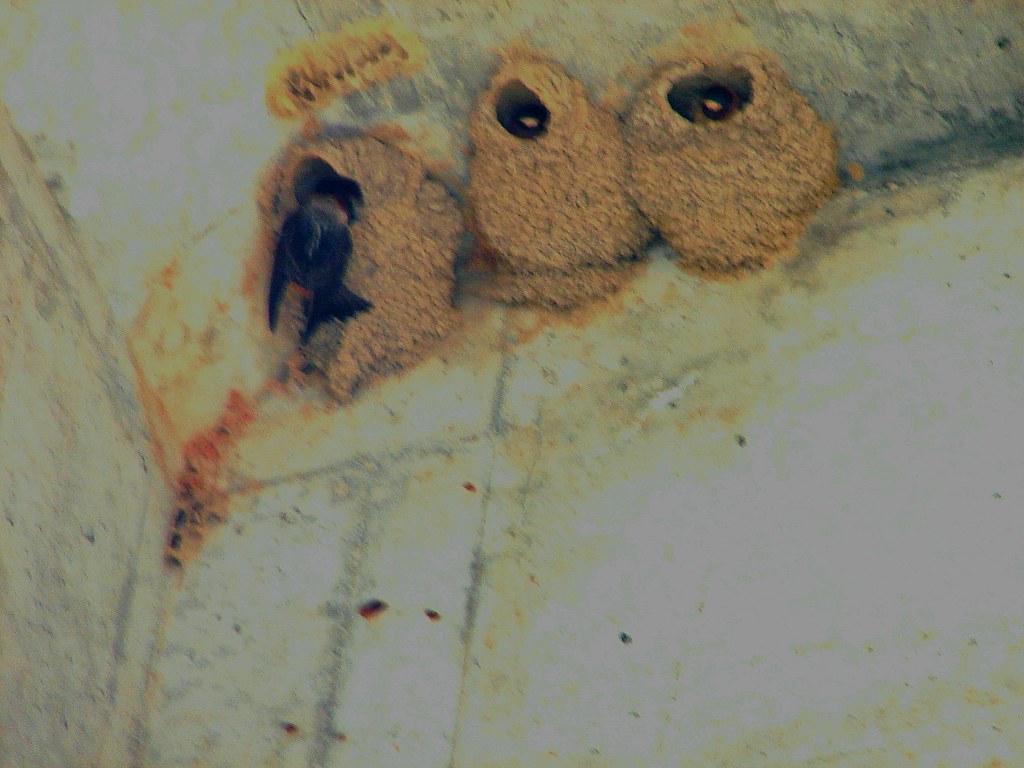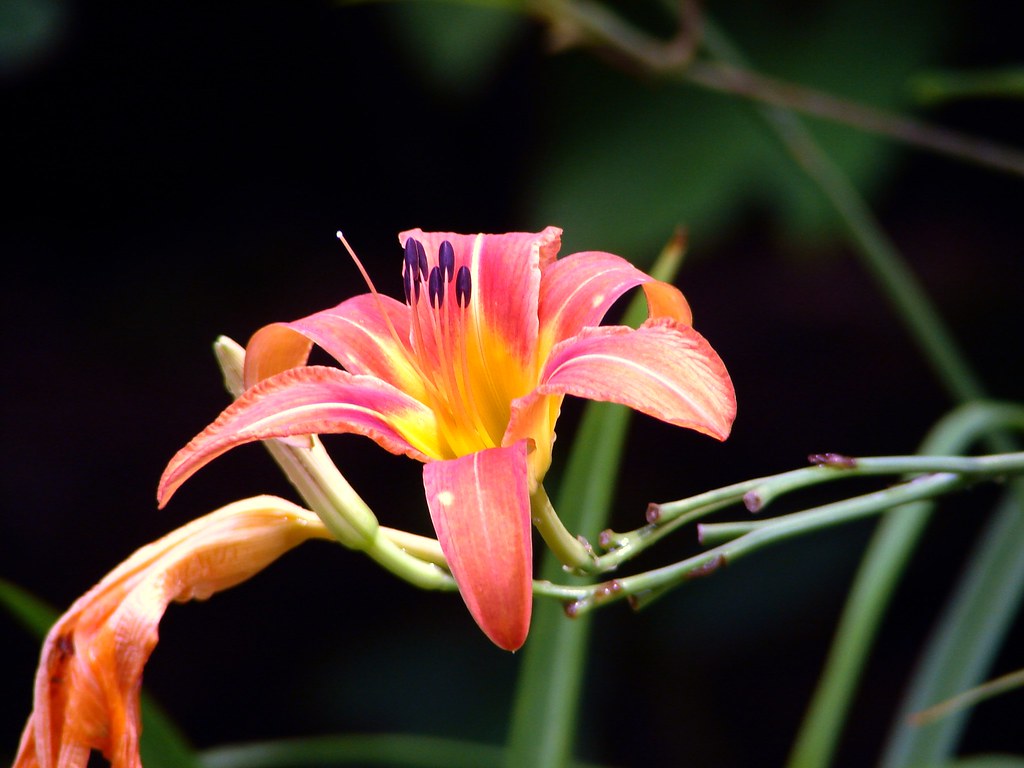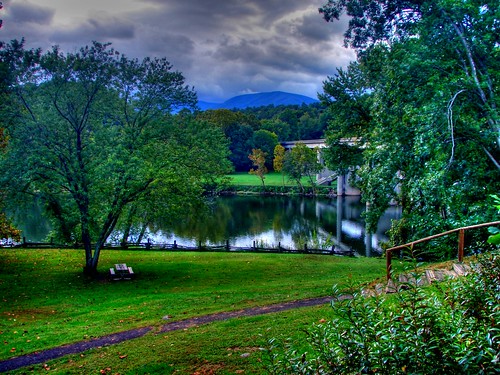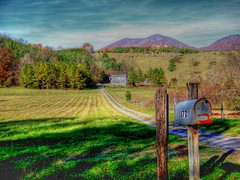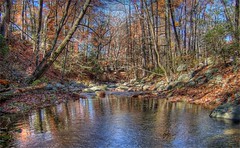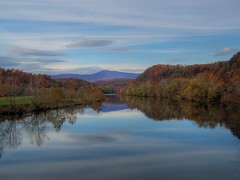I expect that today the only bird that I will be watching is the one coming out of the oven. And the bird coming out of the oven will be a turkey.
 Wild Turkey / Photo by Gary M. Stolz (USFWS)
Wild Turkey / Photo by Gary M. Stolz (USFWS) are the most distinctive game bird native to North America, and is the only native species to be fully domesticated. The wild turkey belongs to the genus
Meleagris of the family
Phasianidae, which also includes grouse, prairie-chickens, pheasants, and ptarmigans. It belongs to the order
Galliformes, which also includes quail - and domesticated chickens - among others. It shares its genus with the
ocellated turkey, a Mexican species that may have been domesticated by Native Americans before the arrival of Columbus.
 Ocellated Turkey / Photo by George Harrison (USFWS)
Ocellated Turkey / Photo by George Harrison (USFWS)Wild turkeys prefer woodland habitats but have adopted to agricultural areas, and will even live in proximity to humans. At one time, turkeys largely declined in the 19th century due to land clearing. But because of open space preservation and the relocation of wild birds in the late 20th century, their numbers have rebounded and the decline reversed.
Since I live in a major city, I get to see wild turkeys only very rarely. Turkeys, though, do show up in DC occasionally. When I see them, it has been on forays outside of the district.
Most of us, though, do not eat wild turkeys, but domestic turkeys. The two share the same species but are bred and raised in far different environments. The domesticated turkey was developed from the wild turkeys native to North America, and come in several breeds. Some breeds descend from wild turkeys shipped to Europe, starting as early as the 16th century when explorers brought birds from Mexico back to Spain.
Modern-day domestic turkeys are engineered to produce the maximum amount of white meat as quickly as possible; these are the broad-breasted varieties. The broad-breasted turkeys could not survive away from farms as they cannot fly or run. Most are too weak to breed. Some smaller farming operations raise "heritage breeds" like the Narragansett.
Turkeys - wild or domestic - have become deeply embedded in American culture. Unlike the
bald eagle, it is not an official national symbol, even if Benjamin Franklin expressed a
preference for the turkey early on:
For my own part I wish the Eagle had not been chosen the representative of our country. He is a bird of bad moral character. He does not get his Living honestly.... I am on this account not displeased that the figure is not known as a Eagle, but looks more like a Turkey. For [in] truth the Turkey is in comparison a much more respectable bird, and withal a true original native of America . . . He is besides, though a little vain & silly, a bird of courage, and would not hesitate to attack a grenadier of the British Guards who should presume to invade his farm yard with a red coat on.
Whatever Franklin's objections (which may have been tongue-in-cheek), both the bald eagle and the turkey have become important symbols in American culture in different ways. The eagle, with its majestic flight, symbolizes of American power. The turkey has come to be a symbol of abundance and family through its association with the uniquely American secular holiday of Thanksgiving.
Happy Thanksgiving, everyone!
This essay was originally published at A DC Birding Blog.
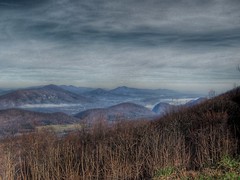 The Gentle Season—A season all its own, the time between the audacity of autumn and brutality of winter, when calm and soft light ensues; it’s a beautiful time of year here in the Blue Ridge Mountains!
The Gentle Season—A season all its own, the time between the audacity of autumn and brutality of winter, when calm and soft light ensues; it’s a beautiful time of year here in the Blue Ridge Mountains! ...as the sun burst through the treetops!
...as the sun burst through the treetops! Taken on a back road in Bedford County, Virginia, on this very gentle evening…as Canada Geese drift silently on this placid little lake.
Taken on a back road in Bedford County, Virginia, on this very gentle evening…as Canada Geese drift silently on this placid little lake.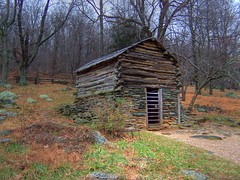 This is one of kind of building that the earliest pioneers to the Appalachians would have built on their farmstead. They made the best of what they had to work with, with the simplest of tools such as an ax and froe. Most were very poor and couldn’t afford more or better tools; they could also only carry so much on their backs through the rugged Blue Ridge terrain.
This is one of kind of building that the earliest pioneers to the Appalachians would have built on their farmstead. They made the best of what they had to work with, with the simplest of tools such as an ax and froe. Most were very poor and couldn’t afford more or better tools; they could also only carry so much on their backs through the rugged Blue Ridge terrain.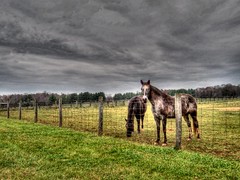 Found on a back road in the Blue Ridge Mountains of Virginia on a rainy day...
Found on a back road in the Blue Ridge Mountains of Virginia on a rainy day... Railroad trestle across the James River at Snowden in the Blue Ridge Mountains of Virginia…
Railroad trestle across the James River at Snowden in the Blue Ridge Mountains of Virginia…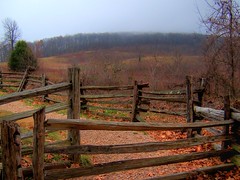 In the old days, farmers in the Blue Ridge Mountains used these narrow opening switch-back gates that allowed them easy access to fields and meadows but was impossible for cattle to maneuver through. Taken just off of the Blue Ridge Parkway on a very misty, rainy day…
In the old days, farmers in the Blue Ridge Mountains used these narrow opening switch-back gates that allowed them easy access to fields and meadows but was impossible for cattle to maneuver through. Taken just off of the Blue Ridge Parkway on a very misty, rainy day…

